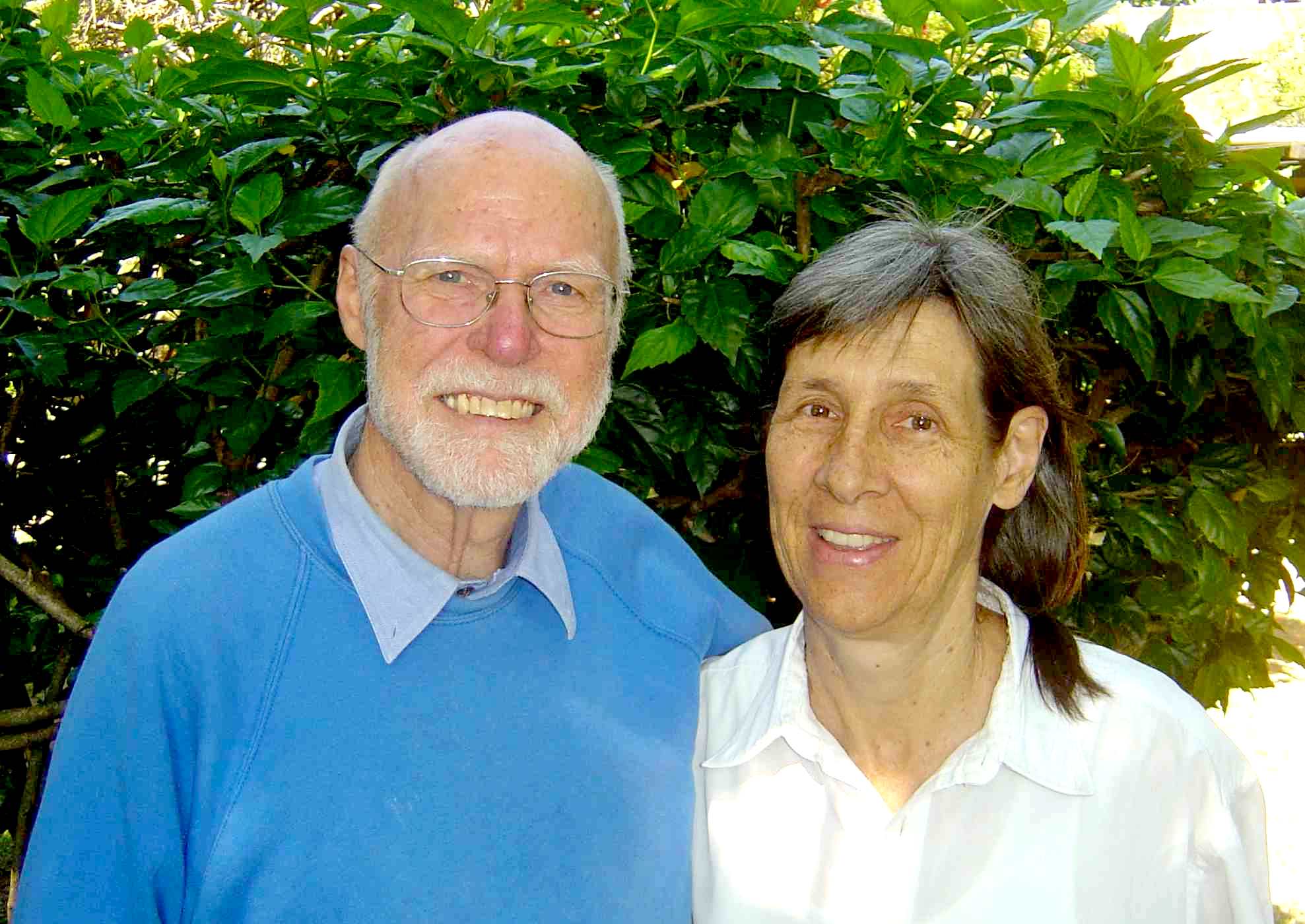While the majority of people have physical sight, there’s a high percentage who are blind in another sense. In Psalm 73:1-28, the writer, Asaph, confesses to this. When his eyes were on the wicked and their prosperity and the ease of their lives, he began to lose faith in God. and doubt whether serving Him was worth it at all. In other words, he baceme blind to the things of God as envy took hold of his sight and he began to slip. But something happened that changed this downward progression. It happened when he entered the sanctuary of God and his persepctive on what really matters in life was restored. We all need the reminder to keep on ‘looking to Jesus’. For when all is said and done, all He’s the only One worth looking to.
Full service
00:00 Welcome
Song: Marvellous Grace
00:16 Introduction
00:36 Prayer
05:32 Bible reading: Psalm 73:1-14
Song: All My Days
06:57 Kids’ Talk
Song: Only A Holy God
09:52 Bible reading: Psalm 73:15-28
Song: Jesus Paid It All
11:44 Sermon: Psalm 73
Song: When I Survey
33:47 Closing


